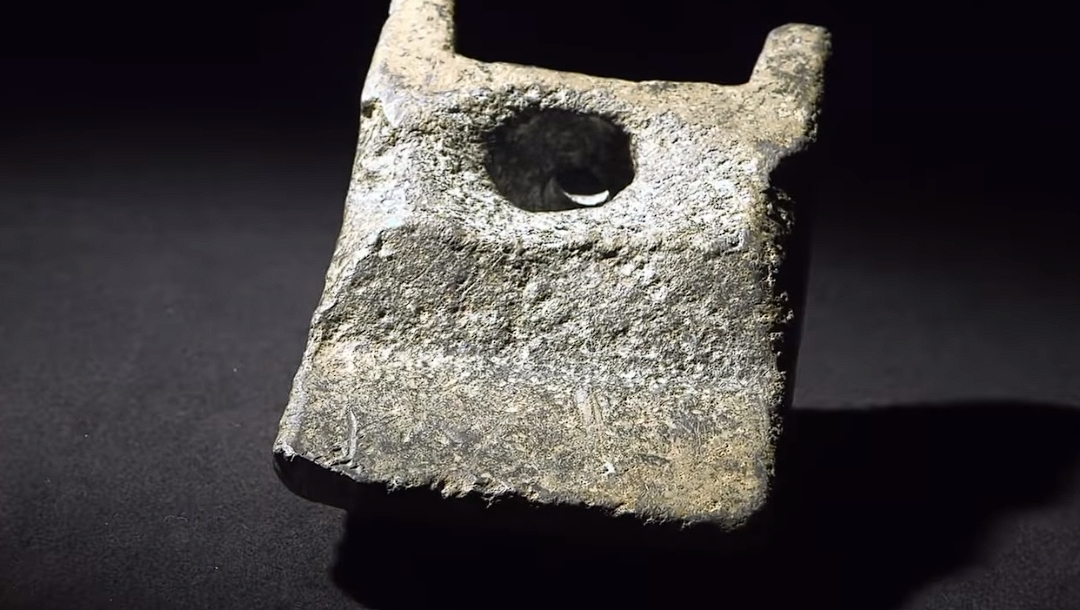A Glimpse into History
Traversing the annals of history and archaeology frequently results in discoveries that can reshape our understanding of ancient epochs, introducing novel perspectives and ideas. Nestled within the realm of mysteries lies the enigmatic Aiud Wedge, a baffling relic unearthed in Romania among the remnants of long-gone civilizations. Join us on a distinctive expedition as we explore the intriguing narrative surrounding this wedge-shaped object and the diverse hypotheses it has sparked, from encounters with extraterrestrial entities to sophisticated ancient cultures.
Journeying through Ancient Relics
In the year 1974, in the tranquil village of Aiud, Romania, nestled beside the serene River Mures, a group of laborers stumbled upon a remarkable collection of ancient wonders. Excavating through 30 feet of sand, three artifacts surfaced, defying understanding and forever altering historical boundaries.

While two items were ultimately identified as mastodon bones dating back approximately 11,000 years, it was the third object—a uniquely shaped wedge—that captivated onlookers. This wedge initiated a series of events that perplexed scholars and experts for decades to follow.
The Mysterious Composition
Upon examination, the enigmatic wedge revealed a perplexing composition. Fashioned from 89% aluminum, 6% copper, and a blend of 12 different elements, this artifact was crafted from a material far ahead of its time. The perplexing aspect emerges: aluminum, a metal commonly used in modern eras, was only discovered in 1829, challenging existing timelines of human metallurgical progress.
Inquiries arise. How could an object, entombed alongside ancient mastodon remains, be constructed from materials inaccessible to ancient societies? The enigmatic nature of the Aiud Wedge fuels speculation and disrupts traditional narratives.
Ancient Guests Versus Advanced Civilizations
The distinctive features of the Aiud Wedge have sparked myriad theories, each more captivating than the last. Some unconventional thinkers suggest that this artifact might originate from extraterrestrial sources, representing a remnant from a mysterious civilization surpassing our understanding. Is it possible that the wedge signifies proof of ancient aliens exploring our planet, leaving traces of their presence as early as 11,000 B.C.?
An aeronautical engineer who meticulously studied the wedge proposed a daring idea: it could potentially be part of a landing gear from an ancient vertical take-off and landing aircraft. This bold interpretation raises intriguing inquiries about the achievements of ancient societies and the extent of their technological advancements.
Visual Representation:
Closing Remarks
The Aiud Wedge stands as a symbol of the ever-evolving comprehension of history. Its discovery urges us to reconsider our beliefs regarding the capabilities of ancient civilizations and encourages the exploration of uncharted historical territories. As this wedge-shaped item remains veiled in mystery, we are compelled to question: does it symbolize an extraordinary artifact from an advanced society, or does it offer evidence of extraterrestrial beings traversing our world millennia ago?
In essence, the Aiud Wedge enigma serves as a poignant reminder that history’s mysteries await revelation, with the most extraordinary interpretations sometimes concealed just beneath the surface, calling on daring adventurers to uncover their truths.
